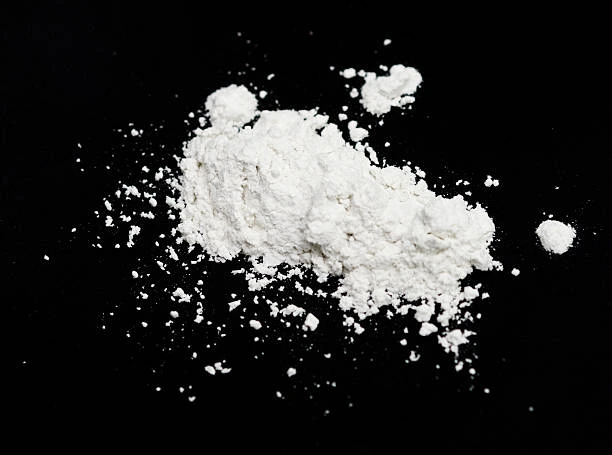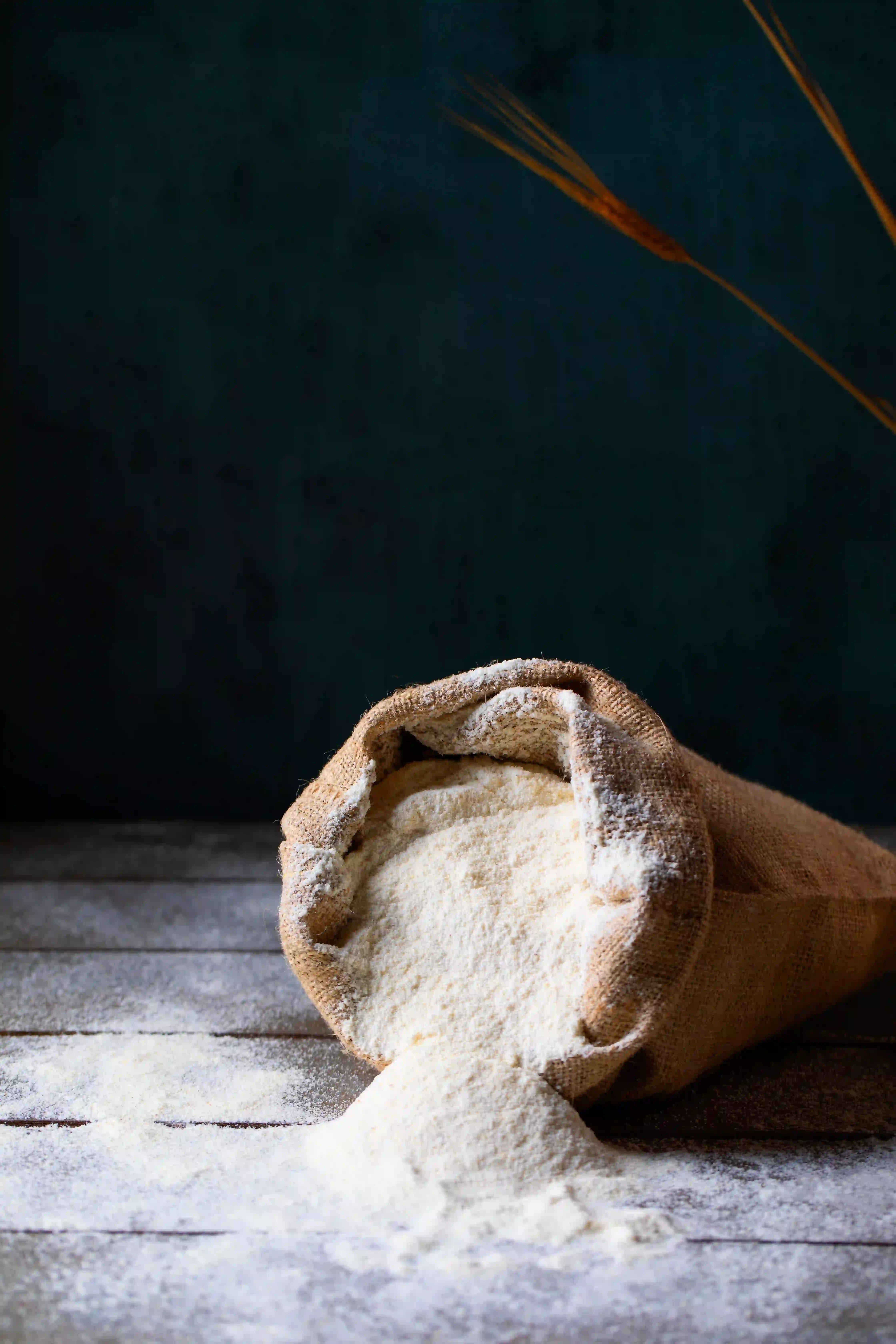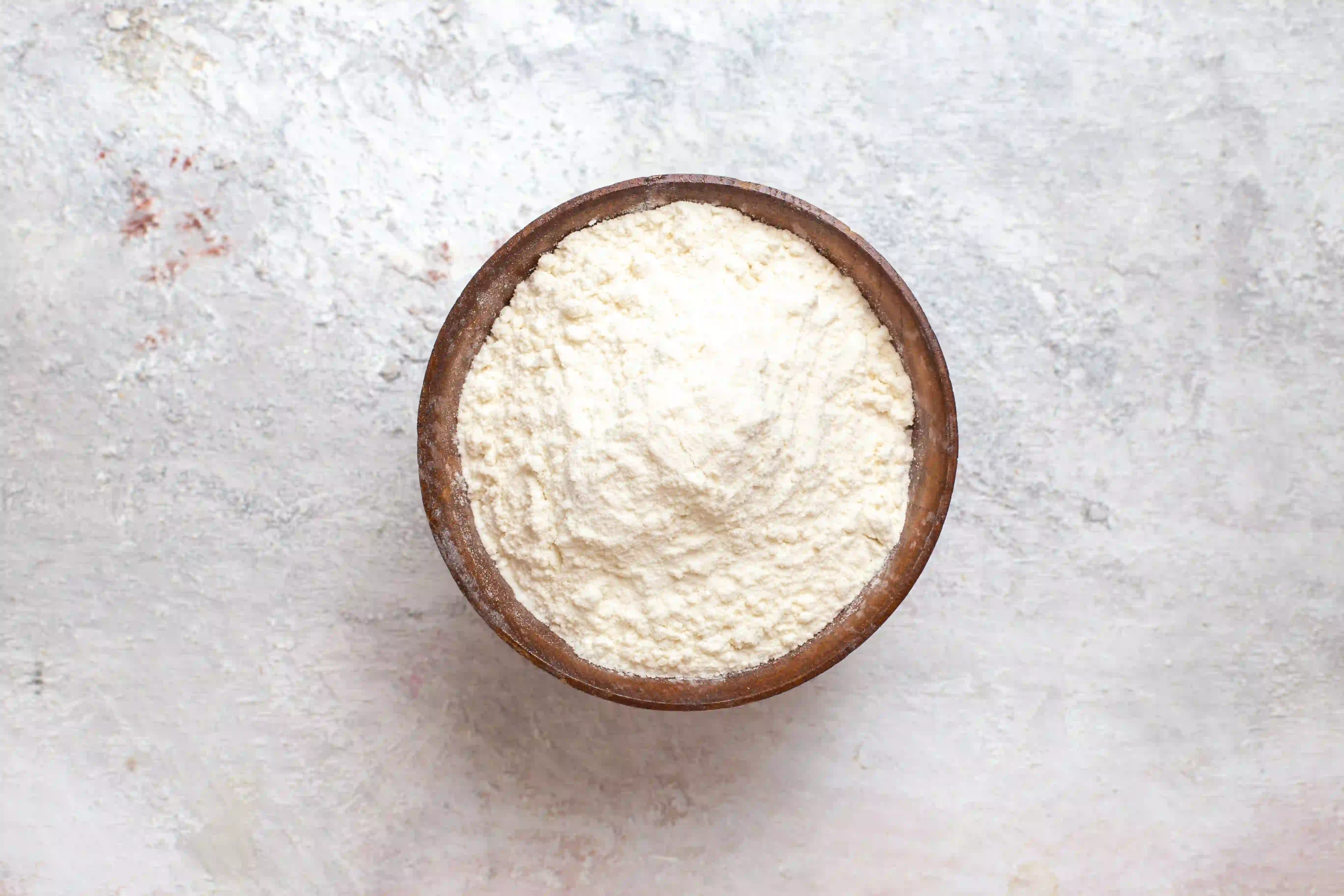Modified Tapioca Starch - India
|
IUPAC Name |
: Tapioca Starch |
|
Cas Number |
: 9057-07-2 |
|
HS Code |
: 1108.14.00 |
|
Formula |
: C27H48O20 |
Basic Info
|
Appearance Name |
: White Powder |
|
Common Names |
: Cassava Starch, Starch, Tapioca Starch |
|
Packaging |
: 25 kg PP Bag |



-starch.webp)

